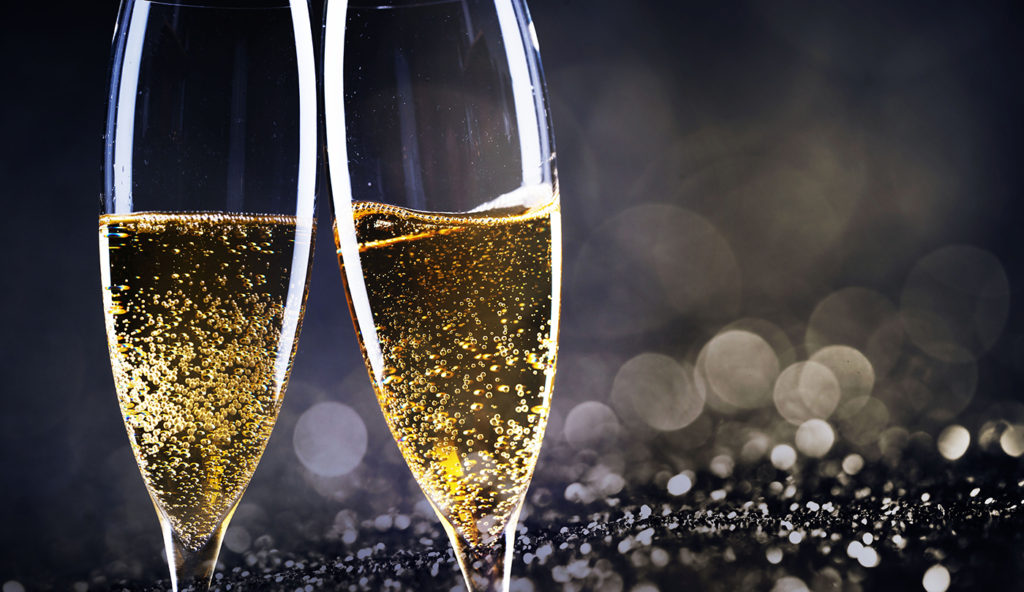 French Champagne has long been considered the must-have drink for important celebrations. A symbol of luxury and excess, demand has been growing steadily in the United States. In 2015, according to Wine Institute statistics, imported Champagne outsold domestic sparkling wines for the first time and that trend continued for 2016.
French Champagne has long been considered the must-have drink for important celebrations. A symbol of luxury and excess, demand has been growing steadily in the United States. In 2015, according to Wine Institute statistics, imported Champagne outsold domestic sparkling wines for the first time and that trend continued for 2016.
Over the last several decades the large commercial Champagne houses have been the bulk of what US consumers find on the shelves. Louis Vuitton Moët Hennessy (LVMH) alone owns Dom Pérignon, Moët & Chandon, Veuve Clicquot, Ruinart, Krug, Mercier and 18 other notable wine producers. LMVH accounts for around 60 million bottles a year out of a total of 350 million bottles for the whole of Champagne.
Last year, a sommelier friend suggested that instead of going with a big label I should try one of the smaller houses producing some exceptional wines. During a trip to Champagne, she met Mssr. Jean Pierre Marniquet, the owner/vintner of a Champagne house started by the owner’s grandfather in 1929. Their land near the Marne river had been producing wine as far back as the early 1800’s. For the quality of Jean Pierre’s product, she was struck by just how small his operation really was, at one point commenting on the five people she saw and being told that that was pretty much it.
From that trip, she suggested the 1995 Prestige Millesime. Her wine store had obtained a few cases of the special vintage and she thought it was amazing.
The exact composition can vary from year to year, but the 1995 was 60% Chardonnay, 40% Pinot Noir. She knew from the maker that it had been on the lees for about 18 years! As our special bottle for New Year’s Eve we enjoyed it tremendously. It was surprisingly bright with citrus and a hint of mushrooms in the nose and prominent green apple on the palate. It had a profusion of tiny bubbles that lasted a for quite a long time. To me, it was perfect.
This year, hoping lightning strikes twice, I picked up another 1995 and a newer Marniquet vintage – the 2005 Brut Millesime. We tasted the 2005 recently with friends (saving the dwindling 1995 for NYE).
The 2005 vintage is earthier than the 1995 with milder acidity. It has a significantly different composition at 50% Meunier, 35% Chardonnay and 15% Pinot Noir. The wine is a pale yellow gold again with lots of tiny bubbles. The nose is vanilla, brioche (stronger yeast) and toasted sugar aromas. The wine has a very creamy mouth feel and I was happy to again see the green apple quality though less so than the 1995.
We thought the 2005 Millesime was good overall and would likely pair well with oysters or a light poultry dish. At $55, it’s price point is half of the 1995 vintage, placing it in the range of traditional non-vintage Champagnes.
Marniquet currently produces seven different Champagnes ranging from Brut Prestige (1995) to the nv Brut Traditional.
With 30% of Champagne production not in the hands of the larger houses, there will be plenty to explore in the coming year.
By Richard Arebalo
OTL Features Editor